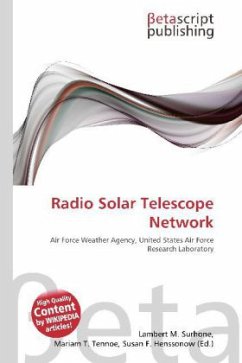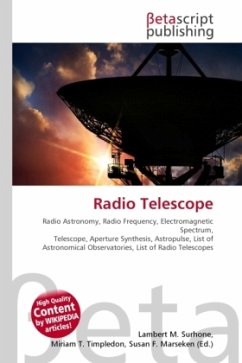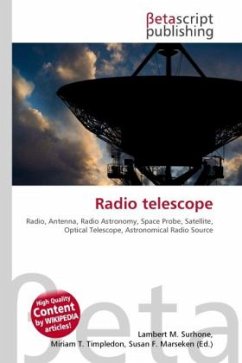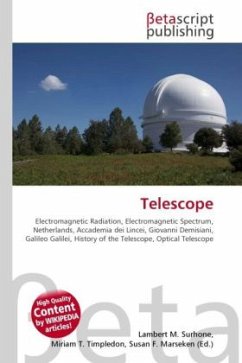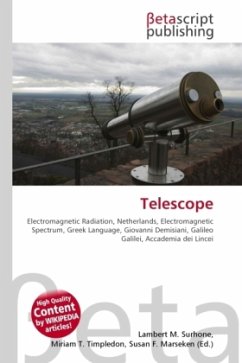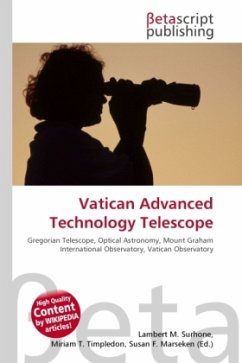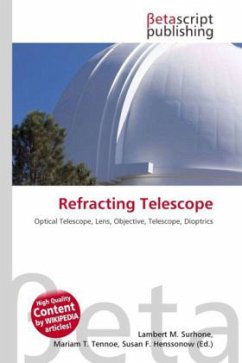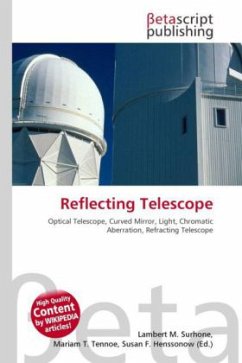Please note that the content of this book primarily consists of articles available from Wikipedia or other free sources online. The Radio Solar Telescope Network (RSTN) is a network of solar observatories maintained and operated by the U.S.Air Force Weather Agency. The RSTN consists of ground-based observatories in Australia, Italy, Massachusetts, New Mexico and Hawaii. It became apparent in the early 1960s that certain space weather events might interfere with the stated U.S. objective of a manned mission to the moon. In particular, the sun emits continuous electromagnetic energy and electrically charged particles, which can cause disturbances in the near-Earth environment and disrupt satellite communications.Foremost among these concerns was the possibility of a geomagnetic storm of solar origin. Metric Type II radio bursts, signatures of coronal shock waves or coronal mass ejections, were known to be commonly associated with solar flares. The United States Air Force Research Laboratory (AFRL) was thus assigned the task of developing and validating a network of ground-based solar observatories. AFRL established a world-wide network of sweep frequency recorders from which estimates of the shock speed in the corona could be made.
